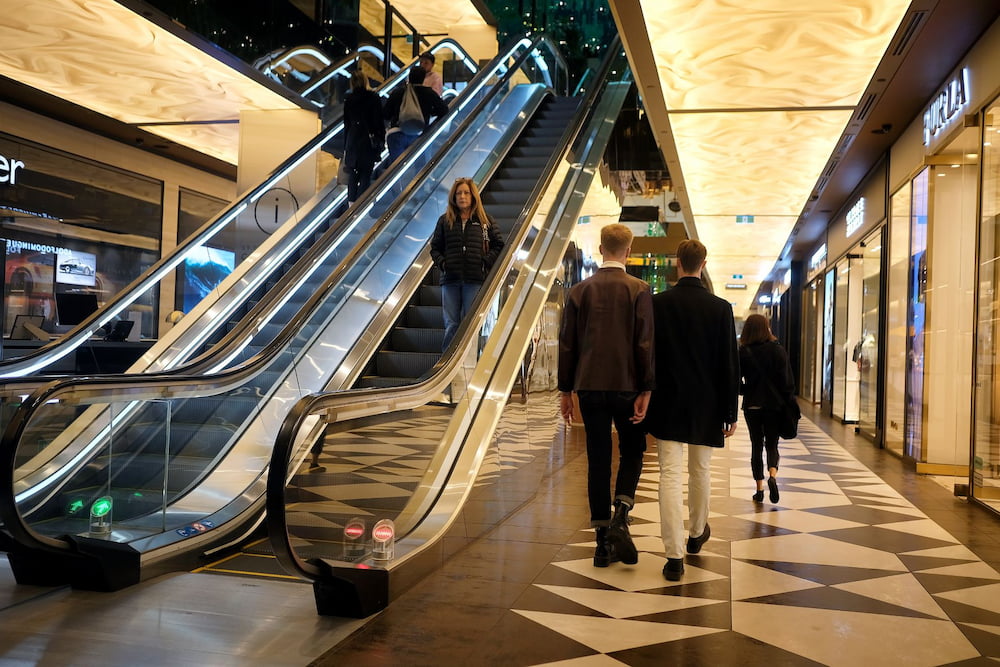Rising international oil prices have pushed Australian petrol prices to their highest level in nearly three years nationally, and to record highs in some parts of the country.
The only consolation is that people enduring a coronavirus lockdown are unlikely to be using their car.
The Australian Institute of Petroleum said the national average for petrol prices rose 3.2 cents to 157.4 cents a litre.
Commonwealth Securities senior economist Ryan Felsman said this is the highest level in 35 months.
Worse still, the Brisbane average price of unleaded petrol jumped by 16.7 cents to a record high 172.8 cents a litre, and in Melbourne the average price lifted by 12 cents to a new peak of 166.9 cents a litre.
“Upward pressure on international crude and imported refined petroleum prices are likely to keep domestic petrol prices elevated,” Mr Felsman warned.
Filling the car up is one of the biggest outlays for a households’ weekly budget and comes at the detriment of general retail spending.
Retailers are already struggling to keep afloat as a result of coronavirus lockdowns.
Australian Retailers Association CEO Paul Zahra said lockdowns in NSW, Victoria and the ACT are threatening the survival of small businesses, and some discretionary retailers, particularly those in CBD locations.
“However, there is hope on the horizon with NSW set to start to open back up next month and Victoria and the ACT expected to follow suit,” Mr Zahra said.
“The timing couldn’t be more important as retailers gear up for the festive trading season when most discretionary retailers make up to two-thirds of their profits for the year.”
NSW is promising to ease restrictions when vaccination rates hit 70 per cent, for people aged over 16 who’ve had two doses.
Research conducted by the association and Roy Morgan found Australians are set to spend over $11 billion on Christmas presents this year, with 79 per cent saying they plan to spend the same or more than they did last year.
“However, the immediate challenges remain around the lockdowns and a lot of pain continues to be felt in parts of the country where stay-at-home orders are in place,” Mr Zahra said.
New figures from Mastercard SpendingPulse, which measures in-store and online retailing across all forms of payment, showed sales increased by 1.1 per cent in August compared to July, but were down 2.3 per cent from a year earlier.
The biggest annual falls were in clothing retailing, down 15 per cent, and department stores, off 3.5 per cent.
However, household goods sales rose 4.5 per cent and food retailing was up 0.2 per cent.
The Australian Bureau of Statistics will release retail spending figures for August on September 28.
By Colin Brinsden, AAP Economics and Business Correspondent in Canberra
Get all the latest Canberra news, sport, entertainment, lifestyle, competitions and more delivered straight to your inbox with the Canberra Daily Daily Newsletter. Sign up here.



